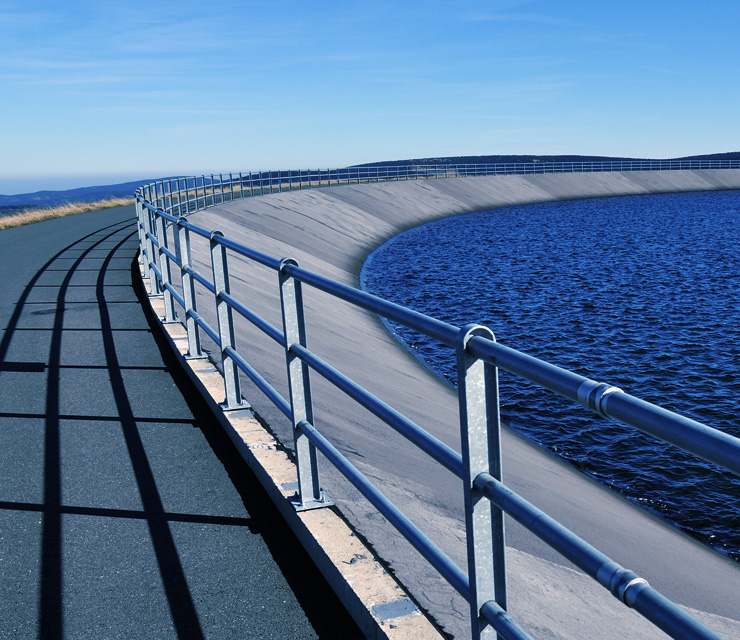- Water Monitoring
- WATER MONITORS BY PARAMETER:
- WATER MONITORING PRODUCTS:
- EchoSmart Sludge Blanket Monitor
- FilterSmart Gravity Filter Backwash Monitor
- Q46N Dissolved Ammonia Monitor
- Q46H/62-63 Residual Chlorine Monitor
- Q46H/79PR Total Chlorine Monitor
- Q46H/65 Chlorine Dioxide Monitor
- Q46C2 2E Conductivity Monitor
- Q46C4 4E Conductivity Monitor
- Q46/84 Hydrogen Peroxide Monitor
- Q46D Dissolved Oxygen Monitor
- Q45D Dissolved Oxygen Transmitter
- Q46H/64 Dissolved Ozone Monitor
- Q46/85 Peracetic Acid Monitor
- Q46P/R pH & ORP Monitor
- Q45C2 2E Resistivity Transmitter
- Q46S/66 Residual Sulfite Monitor
- Q46/88 Suspended Solids Monitor
- Q46/76 Turbidity Monitor
- View More >
- SMART WATER SOLUTIONS
- Gas Monitoring
- GAS MONITORS BY PARAMETER:
- GAS MONITORING PRODUCTS:
- A12 2-Wire Toxic Gas Transmitter
- A12-17 Combustible Gas Detector
- A14/A11 Modular Gas Detector
- A21 Gas Sampler
- A23-14 Ozone Generator
- B12 2-Wire Gas Transmitter
- B12 Wet Gas Detector
- B14 Gas Alarm Module Receivers
- C12-17 Combustible Gas Detector
- C21 Dri-Gas Sampling System
- D12 Toxic and Combustible Gas Detector
- D12Ex-IR Infrared Gas Transmitter
- D16 PortaSens Portable Gas Leak Detector
- E12-15 IR High Level Ammonia Gas Detector
- F12D Toxic Gas Detector
- F12iS Toxic Gas Transmitter
- GasSens Midi Controller
- IsoMon Dual-Channel Gas Detection
- Q45S Wet H2S Gas Detector
- Industries
- Support
- News & Case Studies
Service reservoir performance analysis requires accurate and reliable monitoring, detailed understanding, and the expertise of a multi-disciplined team. Throughout the life of a reservoir, operators monitor water quality and performance through generated data insights. ATi discusses how the investment in analytical sensor and data resources greatly increases the ability to assess reservoir quality, whilst maximising recovery, performance and profitability.
Service reservoir analysis is routinely used to evaluate performance, diagnose characteristics, plan for future development, perform maintenance and management. The fundamental goal of service reservoir engineers is to predict the performance of the reservoirs, including the sizeable financial outlays in exploration, drilling, production demand and optimum efficiency to maximise the return on investment.
Traditionally, service reservoir performance has been judged on the results from the one-sample-per-week minimum requirements on the outlet of the reservoir, outlined by the DWI. However, it is now widely accepted that one weekly sample is no longer adequate to meet the requirements and challenges of the modern world. Instead, focused and targeted monitoring is required to understand service reservoir performance and problems. The installation of proven, accurate, reliable and continuous monitoring solutions at various points in the reservoir are now crucial, enabling water companies to extract detailed information to unlock the true picture of water quality.
Although on-site laboratory test sampling may not be possible, obtaining the key indicative samples of water quality is. Parameters such as chlorine residual, turbidity, pH and conductivity can be measured on-site continually, at intervals from as little as less than a minute apart. Utilising industry-leading, tried and tested analytical monitors, such as ATi’s Smart Water Quality and Q-Series ranges of monitoring solutions, provides all of this data to any platform, offering a clearer and more timely picture.

However, in order to generate the best results to analyse service reservoir performance, a number of questions need to be addressed, including where should the monitors be installed and are regulatory test results indicative of good reservoir content?
In short, it is wrong to assume that a regulatory sample that passes the test means all the content within the tank is the same, due to dead spots or low-to-no turnover areas in the tanks. There are inlet and outlet mains within a few feet of each other, therefore what goes in can go straight out. The hydraulic nature of ebb and flow designed reservoirs often results in a loss in disinfection, as supply water is flowing back and forth. There is also the risk that regulatory samples on common inlet and outlet mains can be taken at the wrong time, such as during filling. However, utilising ATi’s industry-leading water quality monitors provides an accurate, real-time picture of water quality and performance, allowing improved optimisation and proactive management.
Quick health checks can be achieved through ‘dip’ samples, however, this requires sufficient access to several parts of the tank, which isn’t always feasible, and also involves additional resources. For accurate daily monitoring of inlet and outlet flows, water quality monitors are crucial. In addition, the quality of the water arriving at site should also be monitored to determine if issues at the site are tank-related or delivery-related. Once the diagnosis is made, some monitors can be removed and the key sensors made permanent.

Other efficient methods are also available using robotic submersibles, guided to any part and depth of the reservoir, with an ambilocal tube allowing sample water to be pumped to analysers or sample bottles. ATi’s MetriNet multi-parameter smart water quality monitoring solution, along with the SiteBox portable water quality monitoring and control system, are tried and trusted aids for this method of sampling.
24/7 data from ATi’s water quality range can determine if modifications to internal or external pipework design is required, if valve positions need changing, or whether control valves and equipment are necessary. The data can then establish if additional disinfection would be beneficial, whether wider investigation is required or determine if adjustments to filling and emptying the tank is needed.
In summary there is huge unsaid concern for service reservoir quality. There is also apprehension that once this previously unknown data is unlocked, a can of worms could be opened, and can utilities afford the solutions? However, the real issue is, we can’t afford not to know.
Featured Article
Chlorine spikes and what they can tell us
Chlorine residuals change during dosing and when the dosing equipment is paused, this is taken as normal operation…
ReadA team of experts, ready to help
A global company with a caring culture. We have a team of experts on hand to help with any product or support query you may have. Contact us and experience ATi’s exemplary customer support.
Get in touch




 Click here to see US contact details
Click here to see US contact details  Click here to see UK contact details
Click here to see UK contact details